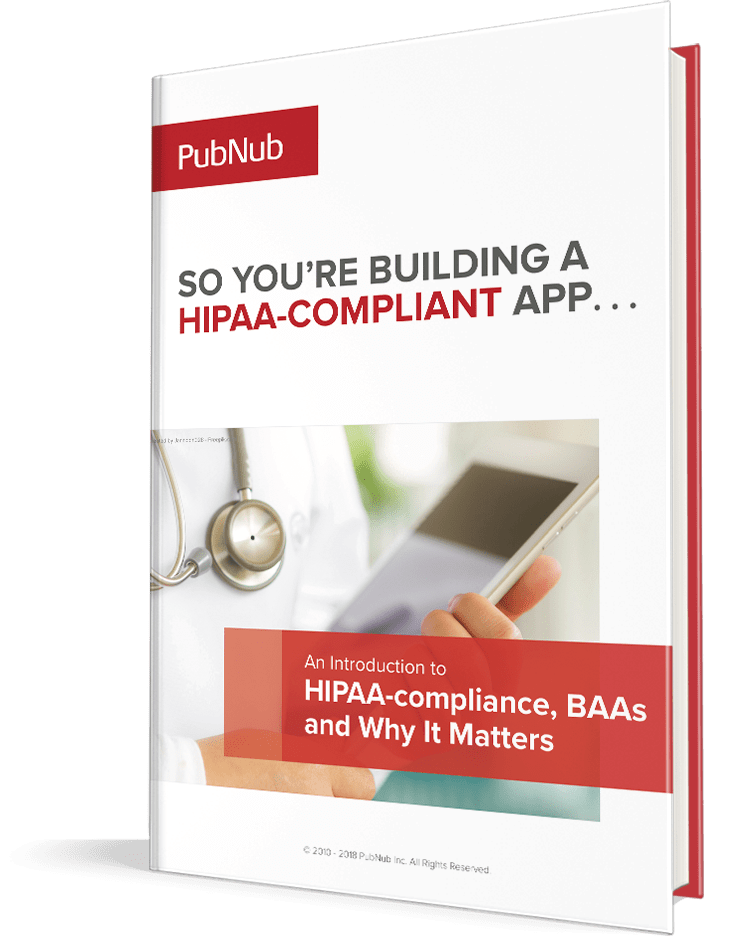IN THIS ARTICLE
Subscribe to Our Newsletter
When the average person thinks about IoT, they’re not thinking about sensor networks, garbage pickup or water testing, but rather the consumer IoT products, like the Apple Watch, FitBit or Nest. To the consumer, it’s really any product that happens to have WiFi that falls into this category of “Internet of Things.” As a result, the Internet of Things as an industry is messy, fragmented, and hard to define. It’s a never ending series of fragmented end point solutions.
To look at it in more detail, one of these fragments is Industrial IoT, otherwise known as I2oT. I2oT is not a particularly new concept. For example, for years power plants have been measuring metrics and vitals, but as more processing power and automation, the concept of I2oT has emerged.
I2oT is tangible and value focused, and is entirely about the data. It’s data driven IoT, powered by sensors and smart platforms that automate and connect networks of devices in realtime.
But how are you going to collect it and process it, how are you going to stream it, what are you going to do with it? And more importantly, how are you going to provide value with it? The value lies in how an IoT application helps someone do something they couldn’t do before.
The Value Arch of IoT: Sensors, Data, Automation and Beyond
In the talk below from the San Francisco Internet of Things Meetup, the panel discusses the value arch of the Industrial Internet of Things, including sensors, data, automation, and beyond, and how sensor data is changing industry norms.
What’s the big deal about big data? What type of sensor data do products really need? Where does the data even go? How are these connected devices going to affect our homes and businesses? What are next industries being digitized?
The Panel
Nan Li, Obvious Ventures (Moderator)
Nan Li brings a mixed technology, investing and entrepreneurial background to Obvious Ventures. Prior to joining OV, Nan managed early stage tech investments for Eric Schmidt’s Innovation Endeavors. He has been a venture investor/advisor for the past 5 years and is excited to work with companies applying technology towards solving big problems.
Ben Chehebar, Co-Founder at Compology
Compology builds WasteOS: the only dynamic routing system built exclusively for the waste industry. We use rugged sensors and software to monitor the volume of waste in front-load and roll-off containers to more efficiently route collection trucks.
Andrew Redfern, CTO of Sutro
Sutro is a water testing and data analytics company. Our first product, the Sutro Pool, is a sensor-driven, connected, learning device to right-size your water chemistry. It automates testing – keeping you and your family safe, and saving you time and money. Sutro is A “drop-in” automatic water chemistry monitor that uses sensors to measure pH, chlorine levels, Total Dissolved Solids (TDS), temperature (ambient air and water), and Oxidation Reduction Potential (ORP).
Rob Chandhok, COO of Helium
Helium is the company that senses the world. Built as a complete platform for smart sensing, Helium’s end to end solution incorporates hardware based security, low power, low cost, wireless connectivity, ease of development, and much more. Solutions built with Helium integrate the physical world and the cloud to create real business solutions faster than with any other approach.
Jeff McAlvay, CEO of Tempo Automation
Tempo Automation aims to bring the speed and seamlessness of software development to electrical engineers. To this end, we’re building a robotic factory that specializes in rapid, low-volume orders. Currently, if a customer sends us a design, we source bare boards and components, assemble, test, and deliver in three days, at two week prices.
Abhinav Khushraj, CEO of Petasense
Petasense continuous monitoring helps plants eliminate unplanned downtime by predicting machine failures before they occur.
Looking for something else? Check out our full library of PubNub talks here.








